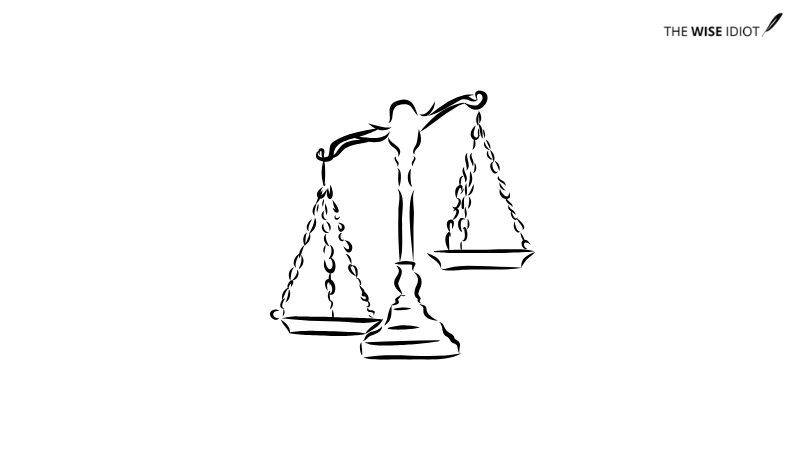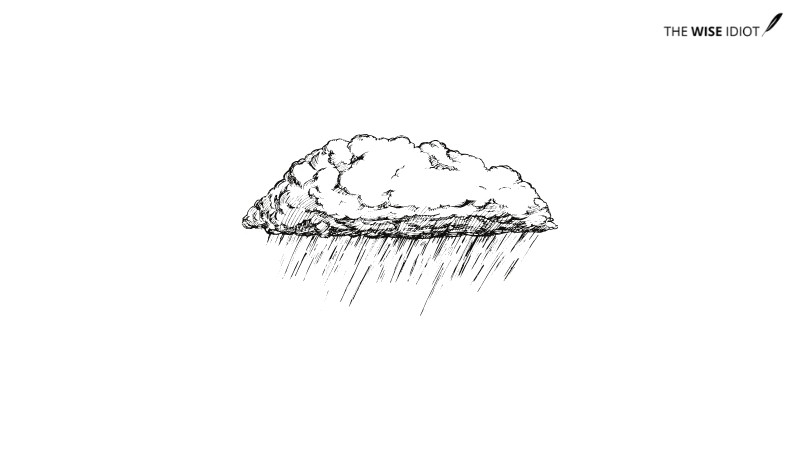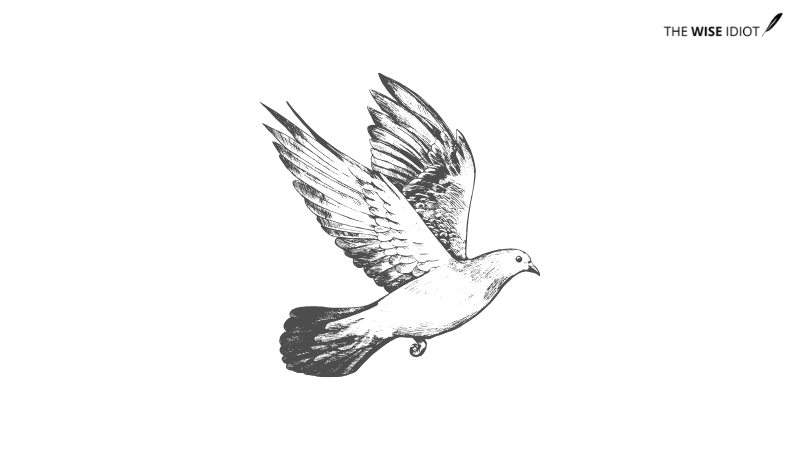Irrespective of what I do or think, my mind brings Ramayan and Mahabharat back to Hastākshar.
While how we see them (History, Religion, Philosophy, Mythology) is largely shaped by the political discourse of today, I have often tried to be a little selfish while reading and listening to them.
One simple question:
What can I learn from them?
And irrespective of how you classify them, they have a central identity: they are stories.
The story of Krishna, his cousins, and the impact of events that unfolded within their family.
The story of Hanuman, a brave monkey that dedicated his life to Lord Ram and helped save Seeta-ji.
And irrespective of how many times we go through them, how fiercely we believe the narrative, one thought plays in our mind:
Are they real?
Since I don’t see any monkeys jumping around with mountains in their hands, I may have a different opinion than a yogi doing sadhna in the Himalayas.
But then comes logic. Because we must be logical, right?
(Except when it comes to all major life decisions, which are made by the section of our brain that feels, not thinks)
Did Ram really have an army of monkeys?
Or was the term ‘Vaanar’ referring to something else?
‘Singh’ a surname I’m sure you’ve heard of, means ‘Lion’
So, could the community serving Ram be named Vaanar, or did they all have protruding mouths and tails?
Don’t forget: I’m selfish.
So I’ll simply ask: what can I learn from this?
Instead of debating about man vs monkey, I’d rather ask myself:
How much of an animal am I?
Can I overcome my fears aka survival instincts?
When am I going to stop fighting over food, mates and territory?
All stories are deep. And tricky.
You can either see them as a dark horse, or misinterpret as black sheep.
Either way, I leave the biology to you.










